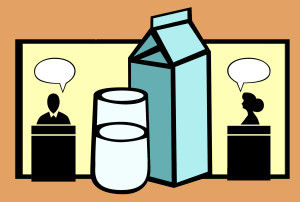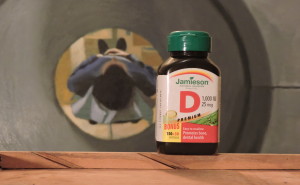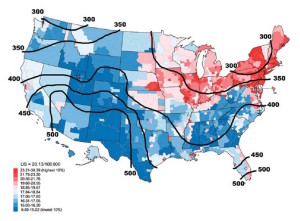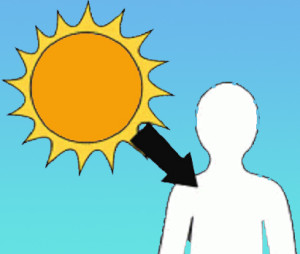The Great Milk Debate Part 2
 I have just read Julia K’s post regarding the safety of cow’s milk as food for humans and would like to make a few comments. Julia is absolutely right in her assessment of milk and osteoporosis. I discovered the same thing 30 or 40 years ago, and drank milk substitute for many years (mostly rice milk). However this objection doesn’t condemn all dairy products. She is certainly right, that we don’t need to eat dairy for the calcium. If we are Vitamin D and K2 sufficient, with supporting co- nutrients, then almost any diet will have enough calcium for our needs, as we really only need 200 to 300 mg a day at minimum. We also need to eat an approximately balanced ratio with potassium and phosphorous, and they are harder to get.
I have just read Julia K’s post regarding the safety of cow’s milk as food for humans and would like to make a few comments. Julia is absolutely right in her assessment of milk and osteoporosis. I discovered the same thing 30 or 40 years ago, and drank milk substitute for many years (mostly rice milk). However this objection doesn’t condemn all dairy products. She is certainly right, that we don’t need to eat dairy for the calcium. If we are Vitamin D and K2 sufficient, with supporting co- nutrients, then almost any diet will have enough calcium for our needs, as we really only need 200 to 300 mg a day at minimum. We also need to eat an approximately balanced ratio with potassium and phosphorous, and they are harder to get.
She is also right to flag problems with growth hormones. Fortunately, we don’t allow growth hormones in dairy cattle in Canada. Just don’t consume US dairy and you will dodge that.
Julia mentions the damaging nature of pasteurization. When we talk about grocery store milk, we aren’t really evaluating the original product, i.e. raw milk, which has many positive aspects. For those interested in more info, I recommend Dr. Kate Shanahan’s book, Deep Nutrition, which contains much useful info on milk and pasteurization.
Julia refers to the relationship between high protein content and metabolic disturbances. Milk is relatively high in protein. The metabolic products of protein are acidifying. Too much acid creates problems with PH levels in the body. Another concern is that proteins can convert to glucose in your body, raising problems associated with high blood sugar levels. This problem is accentuated when consuming 1 and 2 % milk. But, if you are eating cream, yogurt and cheeses that are full fat, then the protein level in them is low and the story is different. Especially if it is a fermented product, where the bacteria have transformed it into something more suitable for us to digest. Fortunately I happen to like old cheese, and the older the better. I say fortunately, because a significant quantity of my daily fats come from dairy. But I don’t drink whole milk itself, for the many of the reasons Julia cites.
Another worrying side of milk, is what food the cow eats. These days, dairy cows are fed primarily grains and corn. The corn is almost certainly GMO, and both of them would have been sprayed with and contain residual levels of Roundup. The grains will change the omega 3 / omega 6 ratio of the fats to the unfavourable one, high in omega 6’s. I would love to find cheese etc. made from grass fed cows milk, but don’t know anywhere I can get it. The inflammation I am struggling to suppress now may be in part due to this bad ratio, since omega 6’s are inflammatory.



